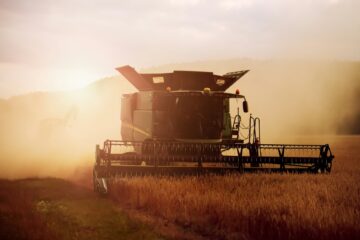Dairy farming is a delicate balance of biology, timing, and care. At the heart of it all lies the health and wellness of the cows themselves. From birth through breeding, lactation, and the dry period, each stage in a cow’s life has unique demands that, when managed properly, can significantly boost productivity and the overall well-being of the herd.
The journey begins at birth, when calves require immediate attention to ensure a healthy start. Early-life nutrition—especially the delivery of colostrum—plays a vital role in developing a strong immune system. Alongside essential vitamins, early vaccinations targeting respiratory and clostridial diseases help guard against common calfhood illnesses. At this stage, hoof monitoring is crucial to catch early signs of structural issues that can impact mobility later in life.
As cows mature into breeding age, a consistent reproductive health plan becomes paramount. This includes not only regular fertility checks and estrus synchronization but also booster vaccines for conditions like leptospirosis and bovine viral diarrhea. Hoof health remains a priority, ensuring that mobility isn’t compromised during this critical window for conception and calving.
Once cows enter lactation, their dietary needs change dramatically. A high-energy, calcium-rich diet supports milk production and prevents conditions like milk fever. Weekly mastitis screenings are necessary to safeguard udder health and maintain milk quality, while routine hoof trimming helps prevent lameness—a leading cause of lost productivity on dairy farms.
The dry period—typically the 60 days before calving—is another key phase. It allows the cow to rest and prepare for her next lactation cycle. Nutritional adjustments and preventive treatments, including dry cow therapy and final mastitis screenings, help set the stage for a smooth transition.
Ongoing care using agricultural farm supplies continues beyond these phases. Routine vaccinations, regular hoof maintenance, and vigilant mastitis testing ensure that the herd remains resilient against disease and wear. With structured herd health practices, including strategic breeding schedules and continuous nutritional support, dairy farmers can sustain milk yields, enhance animal welfare, and improve long-term profitability.
Ultimately, prioritizing comprehensive, stage-specific care is what turns a good dairy operation into a great one—one that respects the rhythm of the animal’s life and maximizes performance with precision and compassion.















